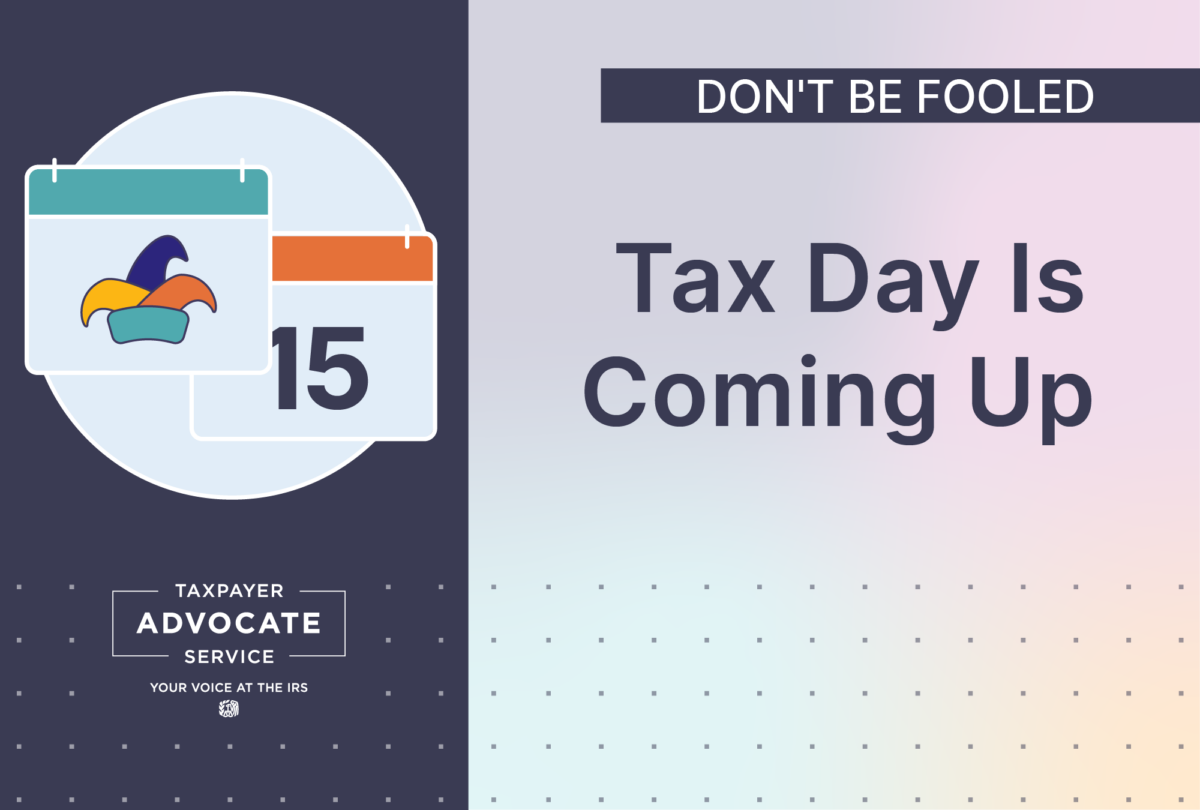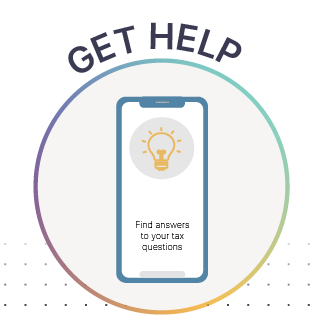If You Haven’t Filed Yet
You’ve probably recently seen social media influencers say that you qualify for various tax credits. Before claiming a credit or deduction that you aren’t sure you are entitled to, be sure to do your research and seek advice from a qualified tax professional. Remember, if something seems too good to be true, it probably is!
This filing season, many taxpayers will — for the first time ever — receive a Form 1099-K, Payment Card and Third Party Network Transactions. The key purpose of the form is to ensure that individuals and businesses report their income accurately. The IRS uses this form to track payments that might otherwise go unreported or underreported, particularly those made outside of traditional payroll systems. It is important to remember, whether you receive a Form 1099-K or not, income from the sale of goods or services is taxable, and you will need to include it on your tax return.
Extensions are available for individual returns, returns from citizens living abroad, military personnel on duty outside the United States, businesses, and tax-exempt organizations.
If You Have Filed and Owe Taxes
Taxes should be paid as you earn or receive income during the year and the IRS offers a variety of ways for you to do so. To limit the amount of interest and penalties the IRS may charge you, it’s in your best interest to pay your tax debt as soon as possible.
If you currently can’t pay your taxes in full, the IRS offers a number of payment options. Depending on the type of tax you owe, and how much, different options are available, ranging from short term extensions to installment agreements, to an offer in compromise. Each option has different requirements and fees, so please review each one carefully.
If you receive a substantial amount of non-wage income like self-employment income, investment income, taxable Social Security benefits, or pension and annuity income, you should make quarterly estimated tax payments. Log in to your online account to make a payment online or go to IRS.gov/payments.
If You’re Owed a Refund
If you filed a federal income tax return and are expecting a refund from the IRS, you may want to find out the status of the refund or at least get an idea of when you might receive it. If you e-file your return, you can usually see your refund status after about 48 hours with Where’s My Refund? You can start checking on the status of your refund after about 4 weeks.
Your tax return may show you’re due a refund from the IRS. You can generally get your refund faster by filing electronically and requesting direct deposit. See our TAS Tax Tip: Tax return filing is as easy as 1-2-3 for more information, including direct deposit options if you don’t have a bank account.
If you suspect your refund may be lost or stolen, you can request the IRS perform a refund trace.
If you need help with an IRS problem, don’t hesitate to contact us. We’re here to help you!


